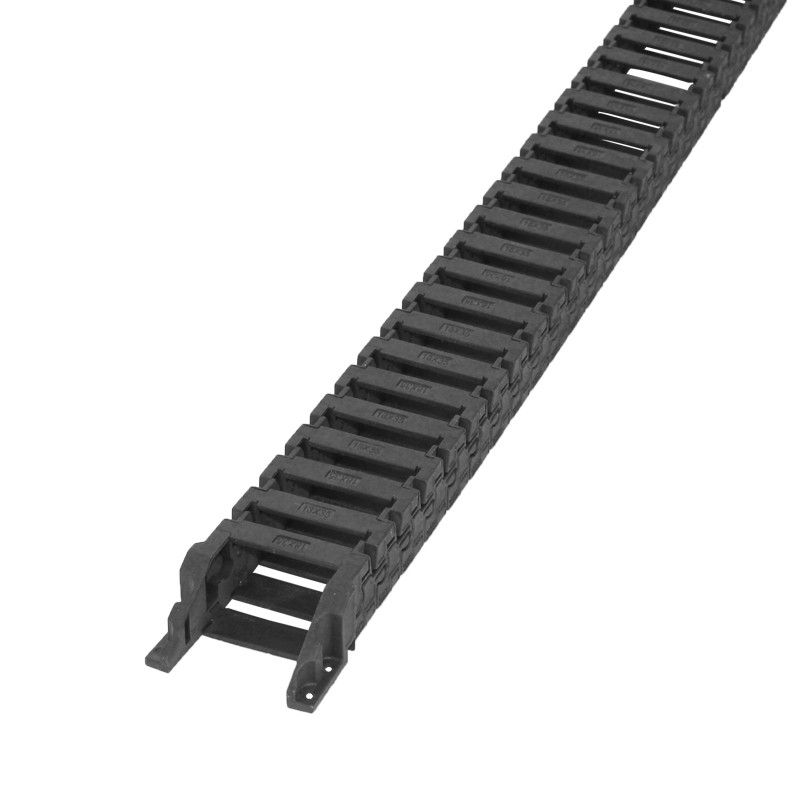Guide to Selecting the Right Drag Chain Size for Your Application
Understanding Drag Chain Size Charts A Comprehensive Guide
In the world of manufacturing and automation, managing the movement of cables and hoses is crucial for ensuring efficiency and safety in machinery. One essential component in this regard is the drag chain, or cable carrier, which protects and guides cables and hoses during their dynamic motion. An important aspect of selecting the right drag chain for your application is understanding the drag chain size chart. This article will explore what a drag chain size chart is, its importance, and how to effectively utilize it for your specific needs.
What is a Drag Chain Size Chart?
A drag chain size chart is a reference tool that provides detailed information on various drag chain sizes, including their dimensions, load capacities, and specifications. This chart typically lists different models of drag chains in a systematic manner, allowing engineers and technicians to compare options easily. The charts usually provide measurements such as the inner width, outer width, height, bend radius, and the number of links.
Importance of Using a Drag Chain Size Chart
1. Ensures Compatibility The primary purpose of a drag chain size chart is to ensure that the selected chain is compatible with the specific application. Whether you are working with robotic arms, CNC machines, or conveyor systems, the right-sized drag chain will guarantee proper routing of cables and hoses without any risk of wear or damage.
2. Load Capacity Considerations Drag chains have specific load capacities that must be adhered to. The size chart will detail the maximum load a particular drag chain can carry, helping to prevent overloading, which can lead to failure or safety hazards.
3. Space Optimization Different machines have varying available space for cable management. A size chart helps identify drag chains that fit within tight spaces, ensuring that installation doesn’t compromise other parts of the machinery.
4. Cost Efficiency Selecting the appropriate drag chain size can bring about cost savings. Using a chain that is either too large or too small may lead to increased wear and tear, frequent replacements, and potentially costly downtime. The chart helps make an informed decision, thus optimizing investment.
drag chain size chart

How to Use a Drag Chain Size Chart
1. Identify Application Requirements Begin by understanding the specific needs of your application, including the lengths and types of cables or hoses that will be routed through the drag chain.
2. Measure the Space Available Accurately measure the dimensions around where the drag chain will be installed. This includes noting the space available for installation and the radius needed for bends.
3. Consult the Size Chart Once you have your application needs and space measurements, refer to the drag chain size chart. Look for models that fit your measurements and can handle the anticipated load.
4. Check Additional Specifications Beyond size and load capacity, consider other factors such as temperature range, chemical resistance, and flexibility, as these will also affect performance.
5. Seek Expert Guidance If unsure about the selection, consult with manufacturers or experts who can provide insights based on their experience and knowledge in drag chain applications.
Conclusion
Utilizing a drag chain size chart effectively is essential for anyone involved in machinery design, maintenance, or automation processes. By understanding how to read and apply the information contained in these charts, you can ensure that you choose the right drag chain, thereby enhancing the efficiency, safety, and longevity of your machinery. Whether you are working on a simple project or a complex system, the right drag chain is a small but vital component that can make a significant difference in operational success.








